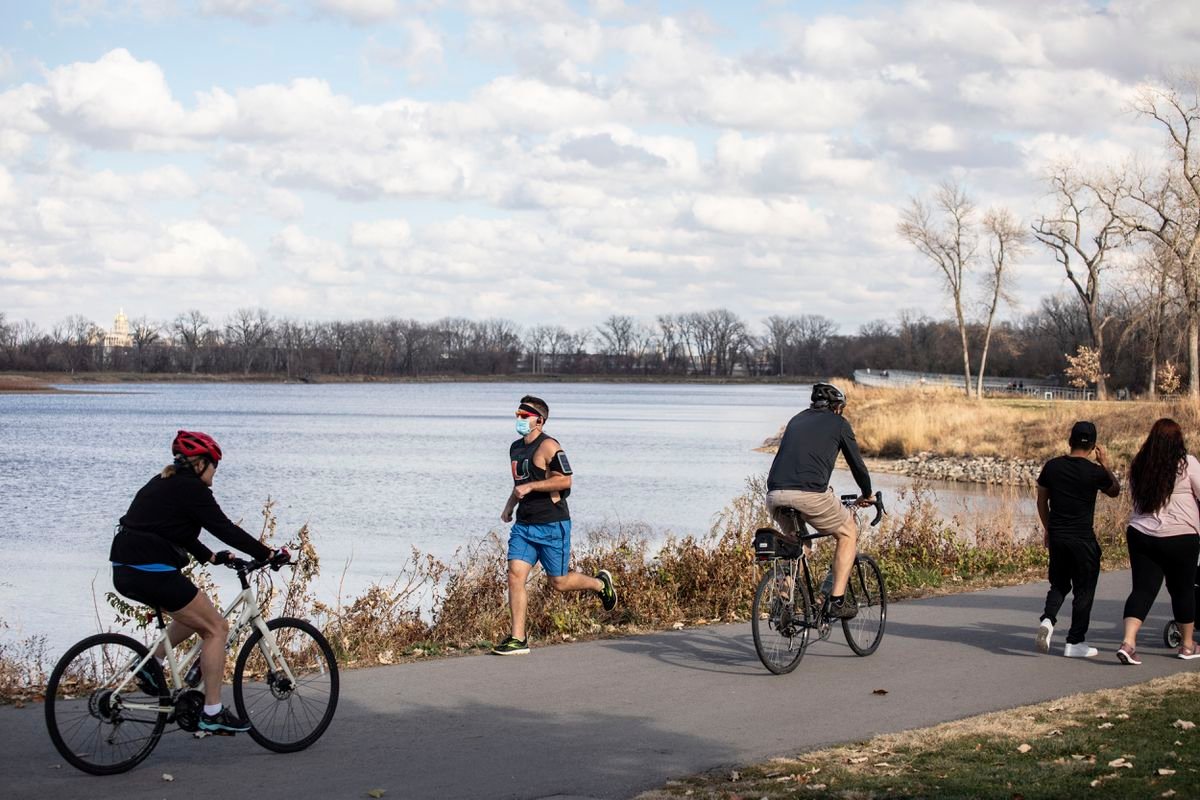
The study, published in the journal Medicine and Science in Sports and Exercise, takes a gander at 23 sedentary, overweight men who contributed health data like blood pressure and body composition prior to drinking fat-laden shakes to decide metabolic reaction. Half of the members did stretch training three times each week on stationary bicycles, which included four to six rounds of 30 seconds of hard effort with two minutes of recuperation in the middle of rounds. The other half did a moderate-intensity exercise program, riding the bikes at an agreeable speed for around 40 minutes total, five times each week.
After six weeks, all members demonstrated fitness gains, yet just the group who rode steady-state for 40 minutes saw a decrease in muscle to fat ratio, as well as improved glycemic reaction to the shake and lower blood pressure.
In spite of the fact that from the outset this may appear to be like numerous other HIIT studies (like this one, for example) that have been done, the breadth and depth of the measures utilized was unique, study co-author Jamie Burr, Ph.D., exercise science researcher at the University of Guelph in Ontario, Canada, revealed to Runner’s World. He credits lead author Heather Petrick, Ph.D.(c), of the University of Guelph, for making a particular technique for evaluating exercise frequency.
“What was novel about this study was that we looked at exercise prescription in a different way, such that the frequency of exercise differed between the two exercise exposures,” he said.
For instance, most exploration would have had the two groups exercise on a similar schedule, yet researchers here decided on having them follow suggested guidelines, to allow for more recuperation from HIIT sessions.
“Interestingly, it appeared that some key markers of health were improved to a greater extent in the group that exercised more frequently, suggesting that regular exposure to training stress of exercise is likely important,” he said.
The exploration has incited enough discussion that Burr tweeted an explanation expressing that they are not supporting one sort of exercise over the other, which is the end a few readers had when the study was published.
“We were afraid that the headlines would be, ‘do this and not that,’ which is not the message we wish to convey,” he said. “All exercise is good. With this study, I’ve seen comments that we, as exercise scientists, keep changing our minds. That’s not true. This study doesn’t take away from the value of HIIT at all. It suggests that we shouldn’t choose one training style exclusively to the detriment of the other.”
There is a value to both interval and long-distance, more slow days, he added, particularly for runners who need to push themselves to race quicker yet not burn out or hazard injury.
“There is no reason your training has to be done in such a regimented way that you choose only one way to work out,” said Burr. “Not when you can get the benefits of both.”
